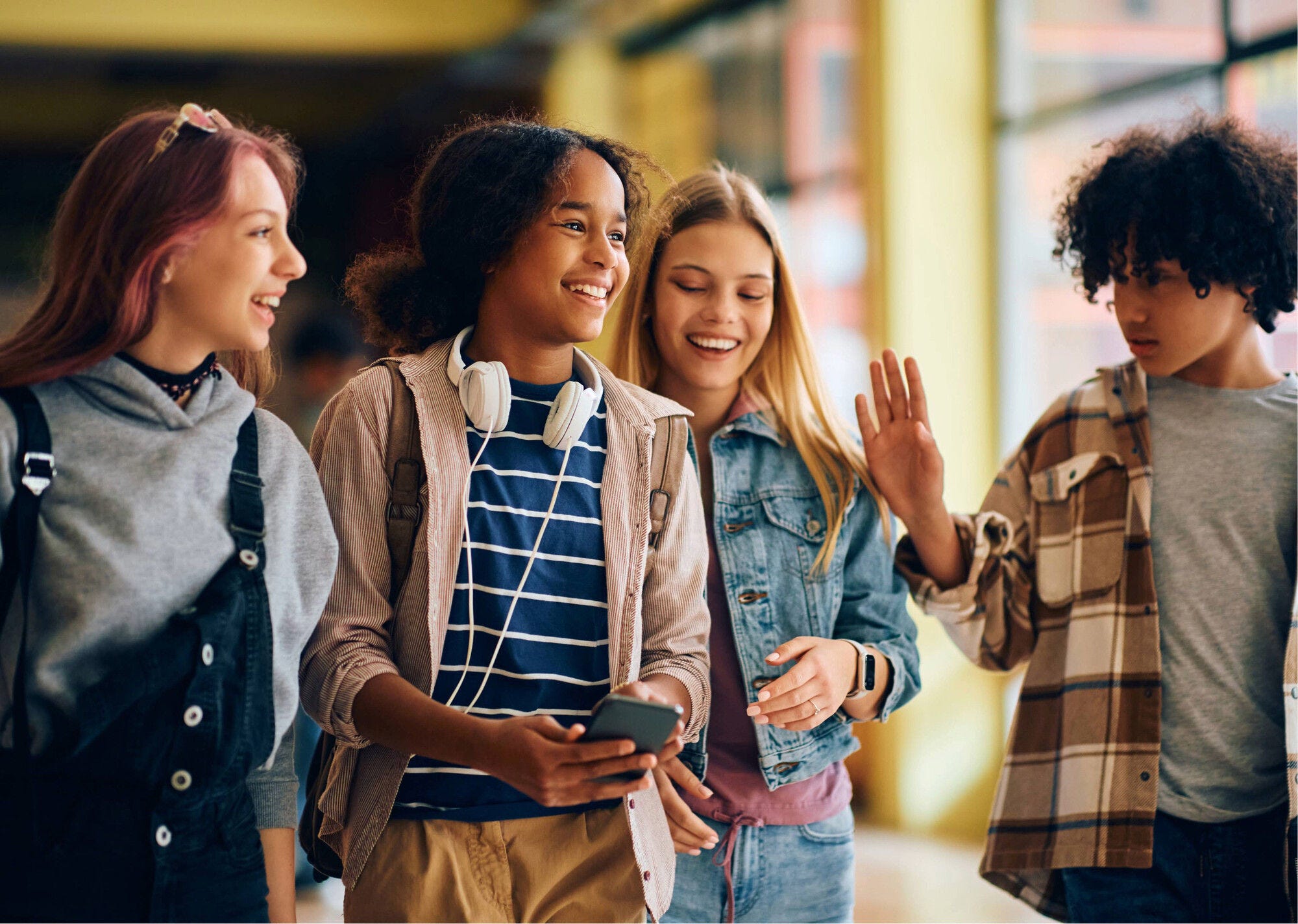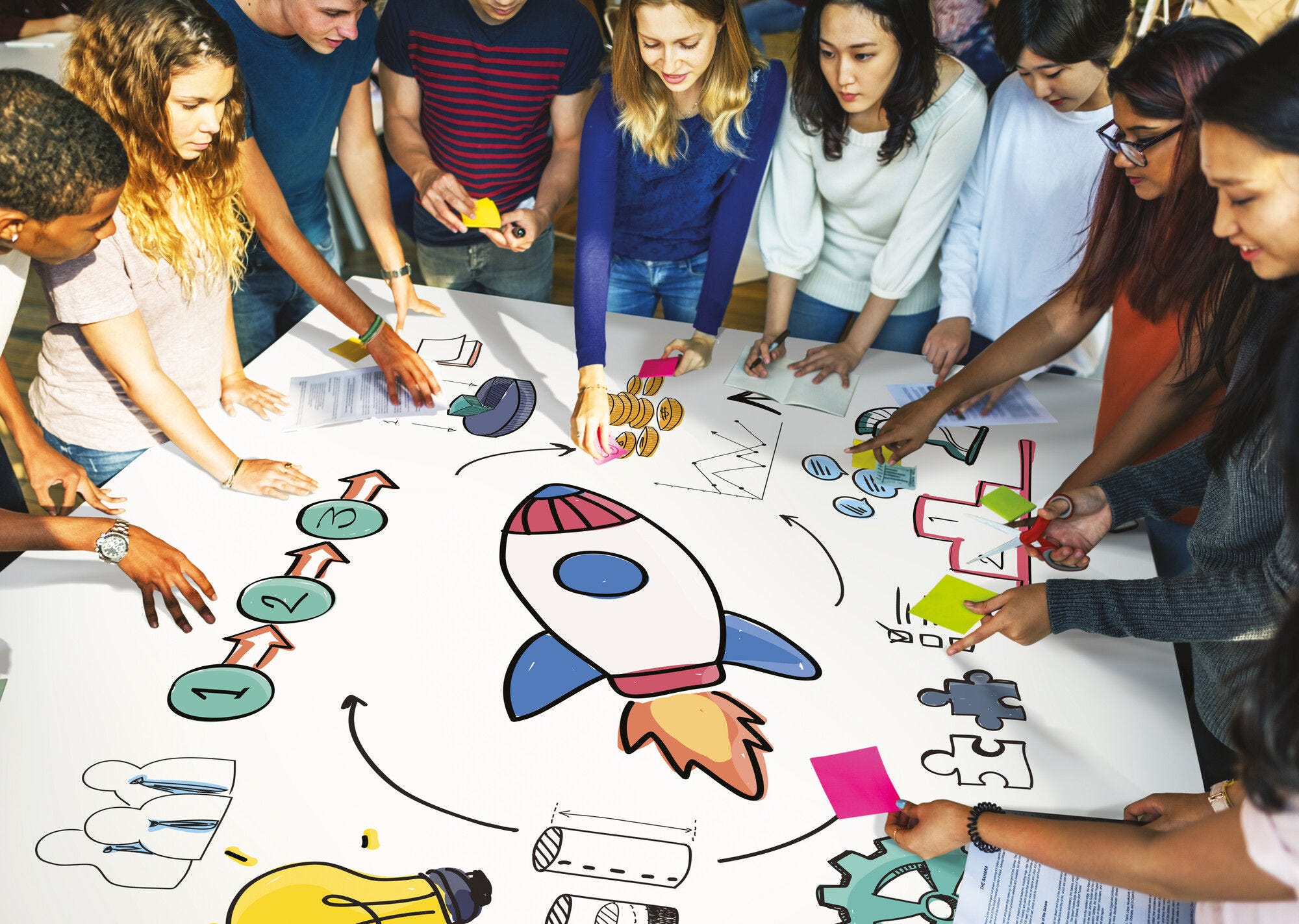The home learning environment for 15-year-old students has changed in meaningful ways over the last decade, especially after 2018, according to PISA data. The rise of digital technology has meant books – traditionally the leading pedagogical resource – are increasingly competing with digital devices and Internet access. Since 2015, the overall number of books available at home decreased moderately, while the availability of educational software has surged. Certain types of books, such as dictionaries, have decreased the most, probably replaced by digital equivalents (online dictionaries). In contrast, paper copies of classic literature are more widely available at home than before. While there is potential for digital technologies to enhance education, this largely remains untapped, and the risks for adolescents’ well-being are clearer today. Education policy should explore ways to support families and students to navigate these complex changes in the family learning environment, balancing traditional and digital resources effectively.
Fewer books and more educational software
How have home learning environments changed since 2015?
Policy paper
PISA in Focus

Share
Facebook
Twitter
LinkedIn
Abstract
In the same series
-
 26 October 2023
26 October 2023









